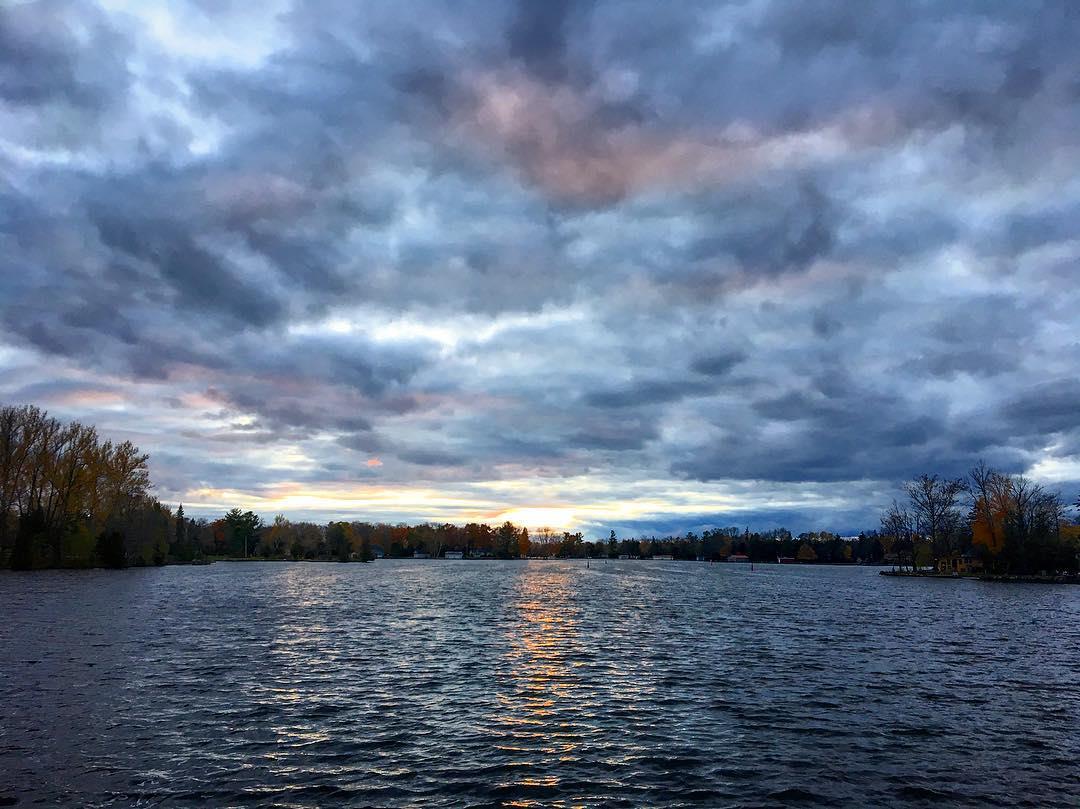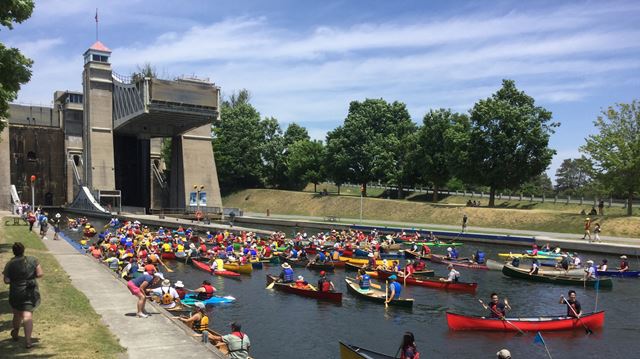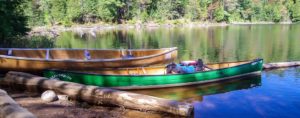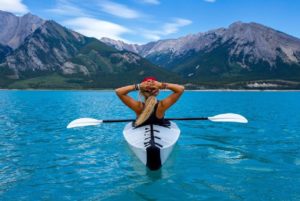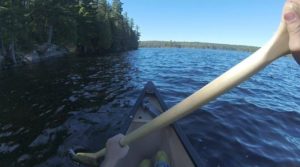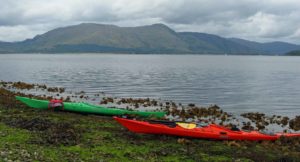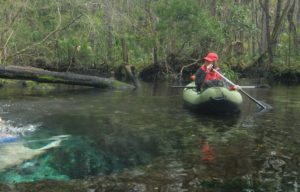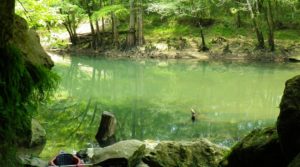With spring just around the corner, soon it will be time to dust off the canoe and explore the beauty of Ontario’s Kawartha Lakes.
Central Ontario’s Kawartha Lakes region is one of those rare places that showcases the grandeur of all four seasons. Venturing out on a lake in early spring when there are still thin patches of ice present might seem a little hasty to some people, but they may not know what they are missing. Springtime offers the clearest water of the year, and oftentimes the most tranquil. Combine that with witnessing firsthand the reemergence of wildlife and foliage, and you have all the reasons you need to get out there sooner than later.
The Trent Severn Waterway
The City of Kawartha Lakes is part of the Trent Severn Waterway, a system of locks and channels interconnecting lakes and rivers through Central Ontario. The system begins at an inlet on Lake Ontario, and ends two hundred and forty miles to the Northwest at Georgian Bay. These waterways wind through the heart of the Kawartha lakes and make it possible to explore some of Ontario’s premier cottage country completely by canoe. Paddling a small craft through the Kawartha Lakes is a lofty task, to say the least. Luckily, anyone planning to navigate the waterways would have ample opportunity to pull in at one of several ports and take in the local scenery.
The Lakes of the Kawartha Lakes Region
There are nearly three hundred lakes; countless creeks, rivers and wetlands that collectively make up the Kawartha Lakes region of the Trent system, most of which offer excellent canoeing. The best known are the seven largest lakes and the channels that connect them. Stony, Buckhorn, Chemong, Pigeon, Sturgeon, Cameron and Balsam lakes are renowned for fishing and recreation. All have scenic shorelines, islands and wetlands to be explored.
Spring Canoeing
Canoeing is a noninvasive way to travel the lakes and small water passages. One that provides the unique experience of witnessing firsthand the rejuvenation of local plants and wildlife without leaving a footprint on land or pollutant in the water.
The first subtle hints of spring are beginning to arrive. The ice is beginning to recede from the shorelines; small rippling streams of water carve meandering paths through frozen creek and river tops. Soon the ice in the center of the lakes will crack apart, and form jagged huddles of floating blocks. As the days continue to grow warmer the remaining tiles of thin ice will dissolve completely, and reunite with the gentle current. This marks the end of winter’s frozen grip, and for avid canoeists, it can’t happen fast enough.

